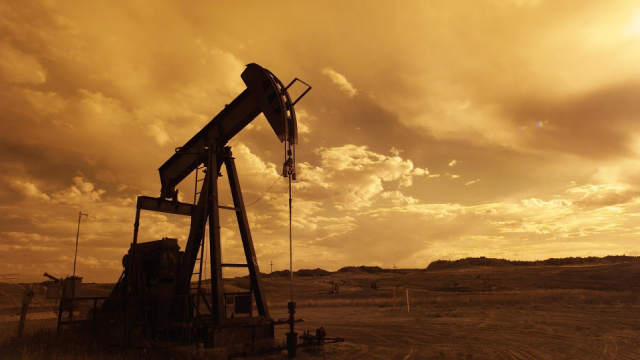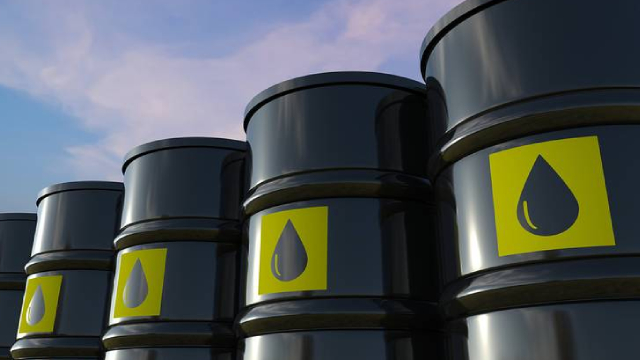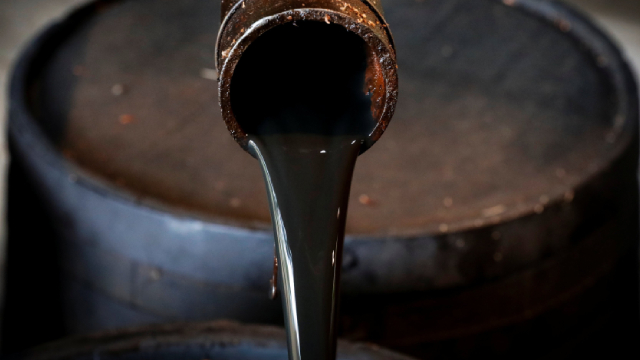
Exxon Mobil Corporation (XOM)

Inside ExxonMobil's Balance Sheet: Key Takeaways for Investors
XOM's strong balance sheet and low debt load highlight its resilience amid volatile energy markets and support its long-term strategy.

Exclusive: Exxon in talks with Iraq about buying Lukoil stake in giant West Qurna 2 oil field - sources
Exxon Mobil has approached the Iraqi oil ministry to express its interest in buying Russian firm Lukoil's majority stake in the giant West Qurna 2 oilfield, five Iraqi official sources with direct knowledge of the matter told Reuters.

Exclusive: Exxon Mobil approached Iraq about buying Lukoil's West Qurna oilfield stake, sources say
Exxon Mobil has approached the Iraqi oil ministry to express its interest in buying Russian firm Lukoil's majority stake in the giant West Qurna 2 oilfield, five Iraqi official sources with direct knowledge of the matter told Reuters.

XOM's Upstream Advantage: The Growth Story Investors Shouldn't Ignore
ExxonMobil's record Permian and Guyana output, plus new Midland acreage, underscores its strengthening upstream growth story.

Exxon Mobil: Only Short-Term Players Will Say It's Not A Buy
Exxon Mobil remains a 'Strong Buy,' supported by robust fundamentals and strategic assets despite macroeconomic volatility and weak oil prices. XOM's diversified operations, especially its Guyana presence and natural gas growth, help offset revenue challenges and position it for long-term expansion. Valuation models indicate the company is undervalued, with a target price above $130, while technicals show bullish trends and renewed buying opportunities.

How ExxonMobil Plans to Sustain Cash Flows Amid Softer Crude Prices
XOM leans on low-cost Guyana and Permian assets to keep earnings and cash flows resilient even during a softer crude price environment.

Exxon Mobil Corporation (XOM) Is a Trending Stock: Facts to Know Before Betting on It
Exxon (XOM) has received quite a bit of attention from Zacks.com users lately. Therefore, it is wise to be aware of the facts that can impact the stock's prospects.

XOM Halts Plans for Massive Blue Hydrogen Plant Amid Weak Demand
ExxonMobil halts its Baytown blue hydrogen project as weak demand and higher costs stall progress, and future plans hinge on stronger interest.

How ExxonMobil's Integrated Business Model Supports Dividend Growth
XOM continues to increase dividends sustainably as upstream strength in Guyana and the Permian boosts earnings and cash flows.

Exxon Mobil: Why Stability Trumps Higher Dividend Yield
Exxon Mobil is downgraded from 'strong buy' to 'buy' as recent trading has been flat, but dividend stability remains attractive. XOM's Q3 2025 earnings beat expectations, with record production in Guyana and the Permian Basin driving strong profitability and cash flow. Despite a fair valuation and lower yield versus peers, XOM's durable payout ratio and income stability make it preferable for patient income investors.

Exxon Mobil - Better Returns Are Ahead
Exxon Mobil (XOM) is a global energy leader with dominant upstream operations, diversified assets, and a $528.5B enterprise value. XOM's growth outlook is driven by rising production, LNG expansion, cost efficiencies, and a robust share buyback program through 2026. Downstream and specialty divisions provide countercyclical stability, while upstream profits are anchored by the Permian Basin and Guyana.

Investors Heavily Search Exxon Mobil Corporation (XOM): Here is What You Need to Know
Exxon (XOM) has been one of the stocks most watched by Zacks.com users lately. So, it is worth exploring what lies ahead for the stock.







